Azure Database Services
Overview
Azure Database Services is a Microsoft Azure cloud offering comprising managed database solutions that simplify data management. It supports various database engines like SQL Database, Cosmos DB, MySQL, and PostgreSQL. These services provide automatic backups, high availability, and robust security measures, ensuring data reliability and compliance. Businesses leverage Azure Database Services for diverse applications, including web and mobile app development, data warehousing, and running critical enterprise systems. It grants scalability, making it suitable for handling fluctuating workloads. With automated maintenance and updates, users can focus on innovation while Azure Database Services take care of their database requirements.
Azure Database Service Architecture
Azure Database Services offers a variety of managed database solutions that cater to different data storage and processing needs. The architecture underpinning these services is designed for high availability, scalability, and reliability. In this explanation, we'll delve into the key components and the architecture of Azure Database Services.
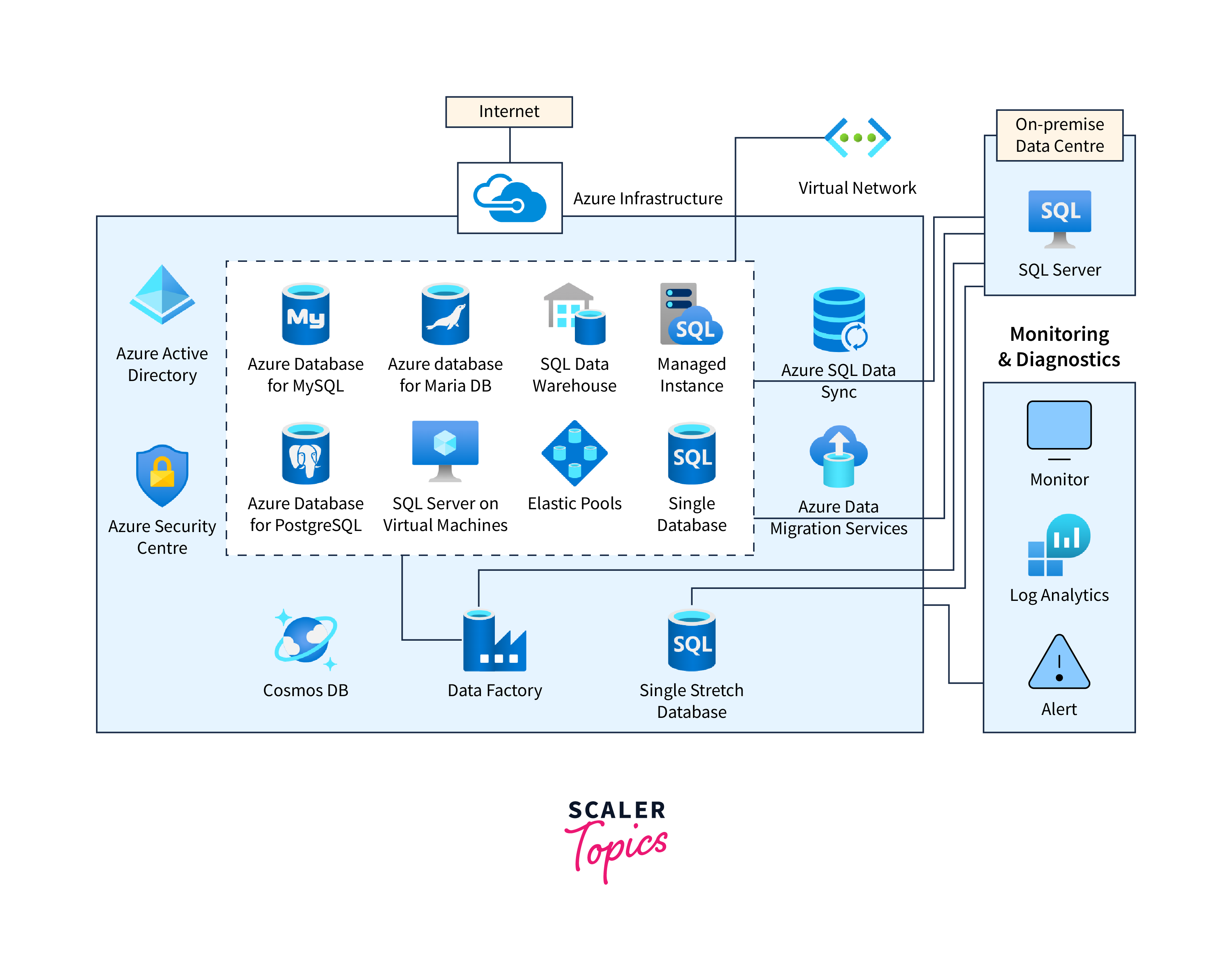
Key Components:
- Databases:
At the core of Azure Database Services are the databases themselves. These databases could be based on various database engines, including SQL Database, Cosmos DB, MySQL, PostgreSQL, and more. Each database engine has its own architecture and features tailored to specific use cases. For instance, SQL Database is based on Microsoft SQL Server, whereas Cosmos DB is a globally distributed NoSQL database. - Azure Resource Group:
Resource groups are logical containers within Azure that help organize and manage Azure resources. You can group related databases, servers, and other resources together in a resource group, making it easier to manage and monitor your database resources. - Servers:
Azure Database Services are hosted on physical servers or serverless architectures. Servers act as the compute resources for your databases and are responsible for processing database queries and managing data storage. Azure manages the server infrastructure, ensuring high availability and security. - Networking:
Networking plays a critical role in the architecture of Azure Database Services. It includes Virtual Networks (VNets), Firewalls, and Virtual Network Service Endpoints. VNets provide isolation for your databases and allow you to control network traffic. Firewalls and Virtual Network Service Endpoints are used for security and access control. - Replication:
Many Azure Database Services use replication to provide high availability and disaster recovery. Data is replicated to multiple data centers, regions, or availability zones to ensure that even if one data center experiences a failure, your data remains accessible.
High-Level Architecture:
The architecture of Azure Database Services is designed to ensure high availability, scalability, and data resilience. Here's a high-level overview of how the components work together:
- Data Storage:
Your data is stored on Azure's highly redundant and fault-tolerant storage systems. These systems ensure data durability and can handle a high volume of read and write operations. - Database Engine:
Each database engine (e.g., SQL Database or Cosmos DB) has its own internal architecture. For instance, SQL Database uses a distributed architecture that includes primary and secondary replicas. Cosmos DB utilizes a globally distributed, multi-model database architecture. These engines are optimized for performance, scalability, and data consistency. - Server Management:
Azure manages the physical servers or serverless infrastructure that hosts your databases. It ensures that servers are highly available and continuously monitored. If a server fails, Azure automatically fails over to a standby server, minimizing downtime. - Data Replication:
Many Azure Database Services use data replication to provide high availability. Data is asynchronously replicated to multiple locations. For instance, in SQL Database, you can configure Geo-Replication to replicate data to a secondary region. In Cosmos DB, data is distributed across multiple regions globally. - Networking and Security:
Azure's networking components, including Virtual Networks (VNets), Firewalls, and Service Endpoints, help secure your database resources. You can control who can access your databases and from where. - Resource Groups:
Azure Resource Groups provide a way to organize and manage your database resources. You can create resource groups to group related resources together and apply policies and access controls at the group level.
Scalability and Performance:
One of the key benefits of Azure Database Services is scalability. The architecture is designed to allow businesses to scale their databases up or down based on their needs. Here's how it works:
- Vertical Scaling:
You can vertically scale your database by increasing the resources allocated to it. For instance, in SQL Database, you can change the performance tier to get more CPU and memory resources, which can improve query performance. - Horizontal Scaling:
Some database services support horizontal scaling, where you can distribute data across multiple nodes or partitions. In Cosmos DB, for example, you can add or remove regions to distribute data globally and improve read and write performance. - Serverless Architectures:
Azure also offers serverless database options, where you don't need to provision specific server resources. These serverless databases automatically scale based on the workload, and you only pay for the resources you use.
High Availability and Disaster Recovery:
Azure Database Services prioritize high availability and disaster recovery. Here's how it's achieved:
- Geo-Replication:
Many database services offer built-in geo-replication. For instance, SQL Database can asynchronously replicate data to a secondary region. In the event of a regional outage, you can failover to the secondary region to maintain database availability. - Availability Zones:
Azure data centers are organized into availability zones, which are essentially isolated locations with their own power, cooling, and networking. Databases can be configured to be highly available across availability zones, ensuring resiliency against data center failures. - Backups and Point-in-Time Restore:
Azure Database Services provide automated backups, allowing you to restore your database to a specific point in time. This is crucial for recovering from data corruption or accidental deletions. - Security:
Azure offers a range of security features, including data encryption at rest and in transit, built-in threat detection, firewall rules, and identity and access management (e.g., Azure Active Directory integration) to protect your data and databases.
Top Azure Database Services
Azure SQL Database
Azure SQL Database is a fully managed, cloud-based relational database service offered by Microsoft on its Azure cloud platform. It's designed to host and manage SQL Server databases in the cloud, offering a wide array of features and benefits.
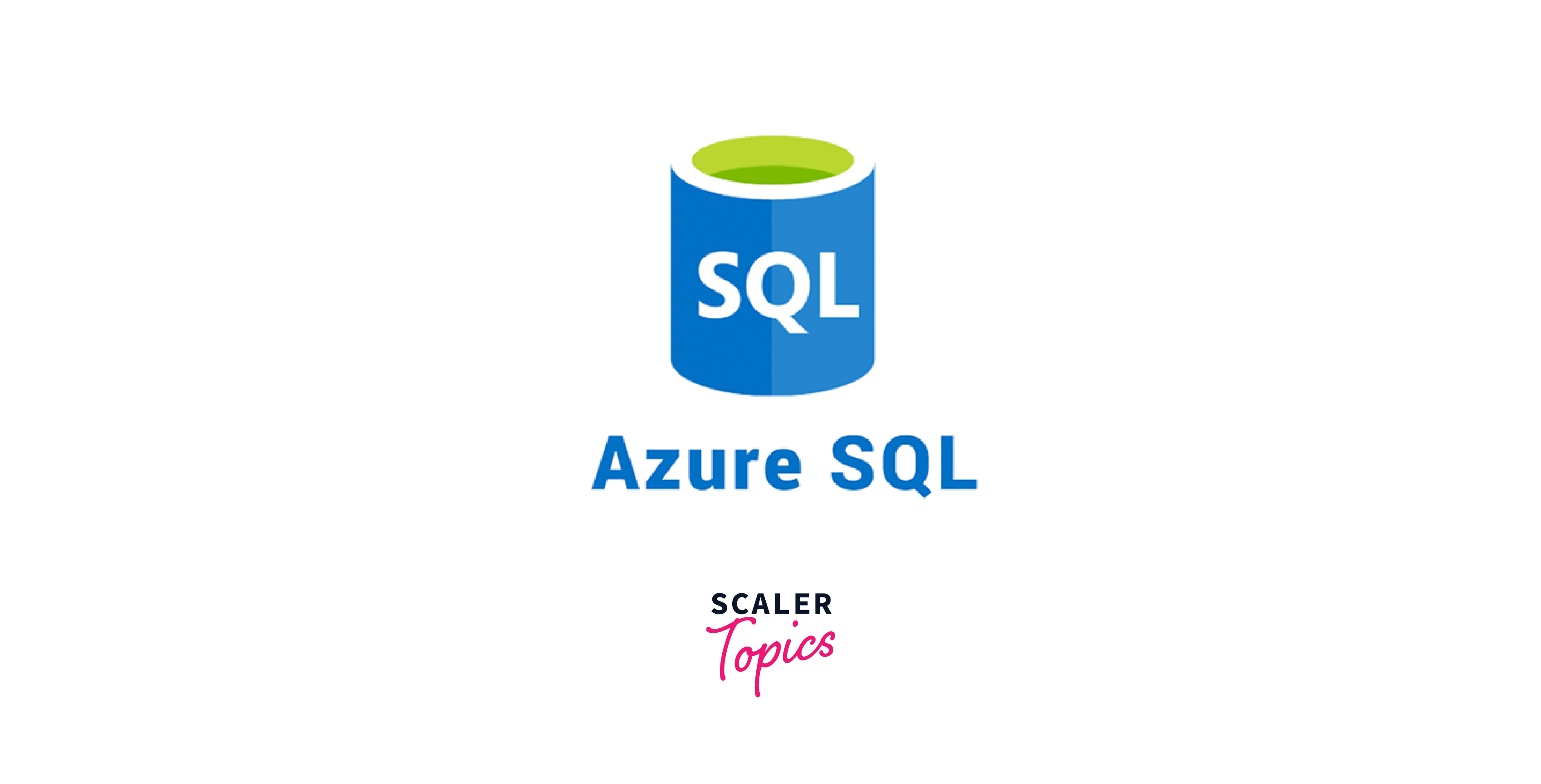
Features:
- Managed Service:
Azure SQL Database handles routine database management tasks, such as patching, backups, and updates, allowing you to focus on your applications. - High Availability:
It offers built-in high availability with automatic failover, ensuring your databases remain accessible even in the face of hardware failures. - Scalability:
You can easily scale resources up or down based on your application's needs, ensuring optimal performance and cost efficiency. - Security:
Azure SQL Database provides robust security features, including data encryption, threat detection, and access controls to protect your sensitive information. - Performance:
It supports in-memory processing, columnstore indexes, and query optimization for improved database performance, even with large datasets.
Benefits:
- Cost Efficiency:
Azure SQL Database operates on a pay-as-you-go pricing model, which can reduce costs by automatically optimizing resource usage. - Global Reach:
You can deploy databases in Azure regions worldwide for low-latency access and data redundancy, improving user experiences and data resiliency. - Rapid Development:
Seamless integration with Azure services, DevOps tools, and various programming languages accelerates application development. - Data Protection:
Automatic backups and disaster recovery options ensure data reliability and protection against data loss. - Compliance:
Azure SQL Database complies with various data governance and regulatory standards, making it suitable for organizations with stringent compliance requirements.
SQL Server Stretch Database Service
SQL Server Stretch Database Service is a cloud-based feature provided by Microsoft's SQL Server platform. It allows you to seamlessly extend your on-premises SQL Server databases to the Azure cloud, enabling efficient data management and cost savings.
Key features include:
- Data Archiving:
Automatically and transparently migrate cold, less frequently accessed data to Azure while keeping hot data on-premises. - Data Security:
Ensures data security with encryption, auditing, and compliance standards, meeting regulatory requirements. - Scalability:
Easily scale your storage and compute resources in the cloud to accommodate growing data volumes.
Benefits include:
- Cost Savings:
Reduce on-premises storage costs by moving historical data to a more cost-effective cloud storage solution. - Performance Optimization:
Improve query performance for critical data by keeping it locally, while maintaining access to archived data. - Disaster Recovery:
Enhance data resilience and availability with cloud-based redundancy and backup. - Simplified Management:
Streamline data maintenance, reduce administrative overhead, and focus on more critical tasks.
Azure Cosmos DB
Azure Cosmos DB is a globally distributed, multi-model database service provided by Microsoft Azure. It's designed to address the growing demands of modern, scalable, and globally distributed applications. This database service offers several key features and benefits:
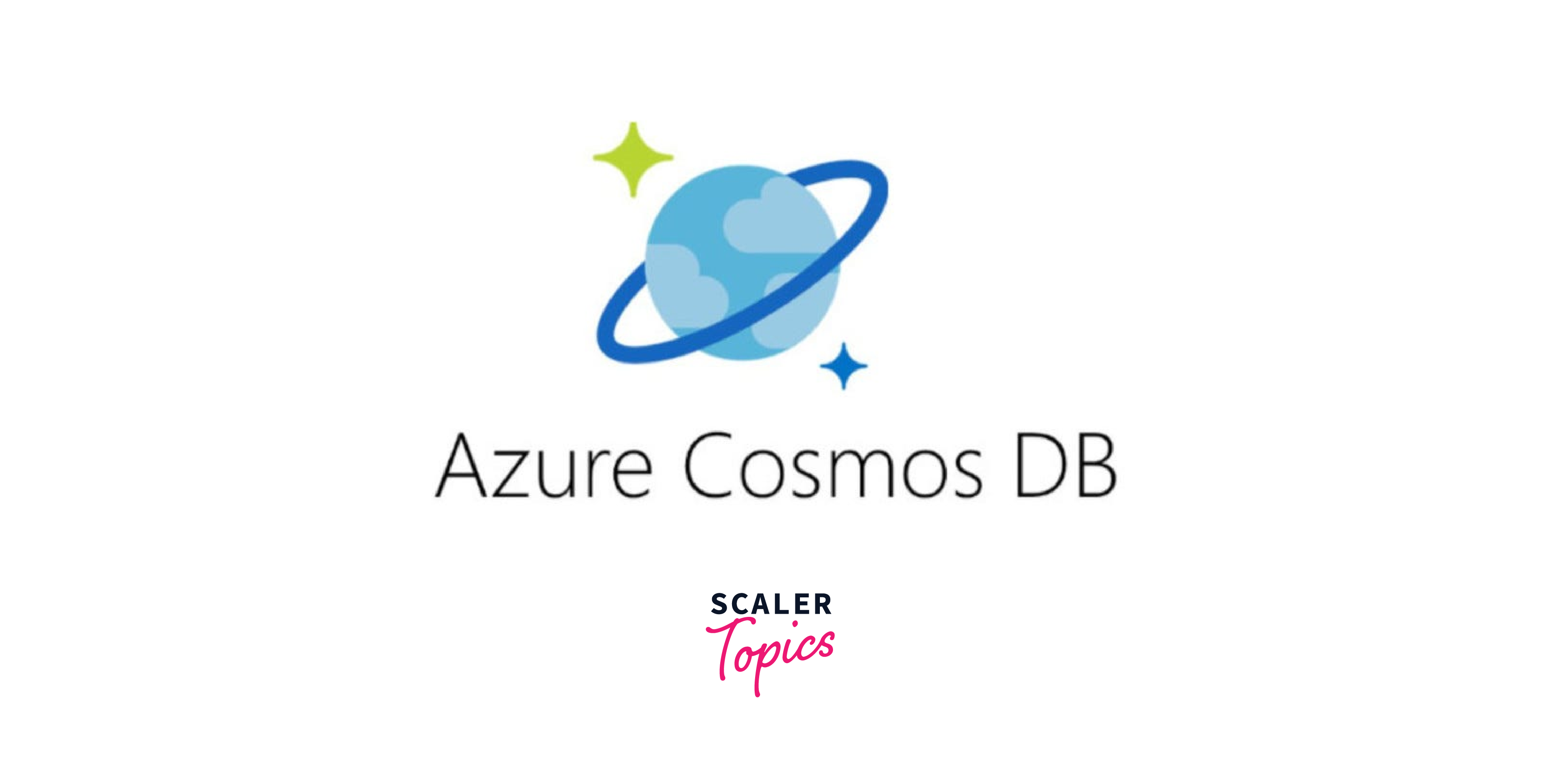
Features:
- Global Distribution:
Azure Cosmos DB enables data replication to multiple Azure regions, ensuring low latency access and high availability for users worldwide. - Multi-Model:
It supports various data models, including document, key-value, graph, column-family, and wide-column stores, making it versatile for different application needs. - Scalability:
Cosmos DB automatically scales both throughput and storage based on application requirements, allowing seamless growth. - Multi-API Support:
Offers support for popular NoSQL APIs, including SQL, Cassandra, MongoDB, Gremlin, and Table, making it compatible with existing tools and code. - Multi-Master Replication:
Provides multiple write regions, enabling active-active scenarios and enhanced write scalability.
Benefits:
- Global Availability:
Data is available with low latency globally, enhancing the user experience and ensuring high availability. - Elastic Scalability:
Cosmos DB easily accommodates fluctuations in workloads and scales resources both vertically and horizontally without downtime. - Consistency Levels:
Offers a range of consistency levels, from strong to eventual, allowing developers to balance data consistency with performance. - SLA-Backed Service:
Azure Cosmos DB provides industry-leading service-level agreements (SLAs) for uptime, latency, and throughput, ensuring reliability. - Security and Compliance:
Offers robust security features, including encryption, access control, and compliance certifications, such as GDPR and HIPAA.
Azure Database for MySQL
Azure Database for MySQL is a fully managed, cloud-based relational database service provided by Microsoft's Azure platform, tailored for MySQL database management.
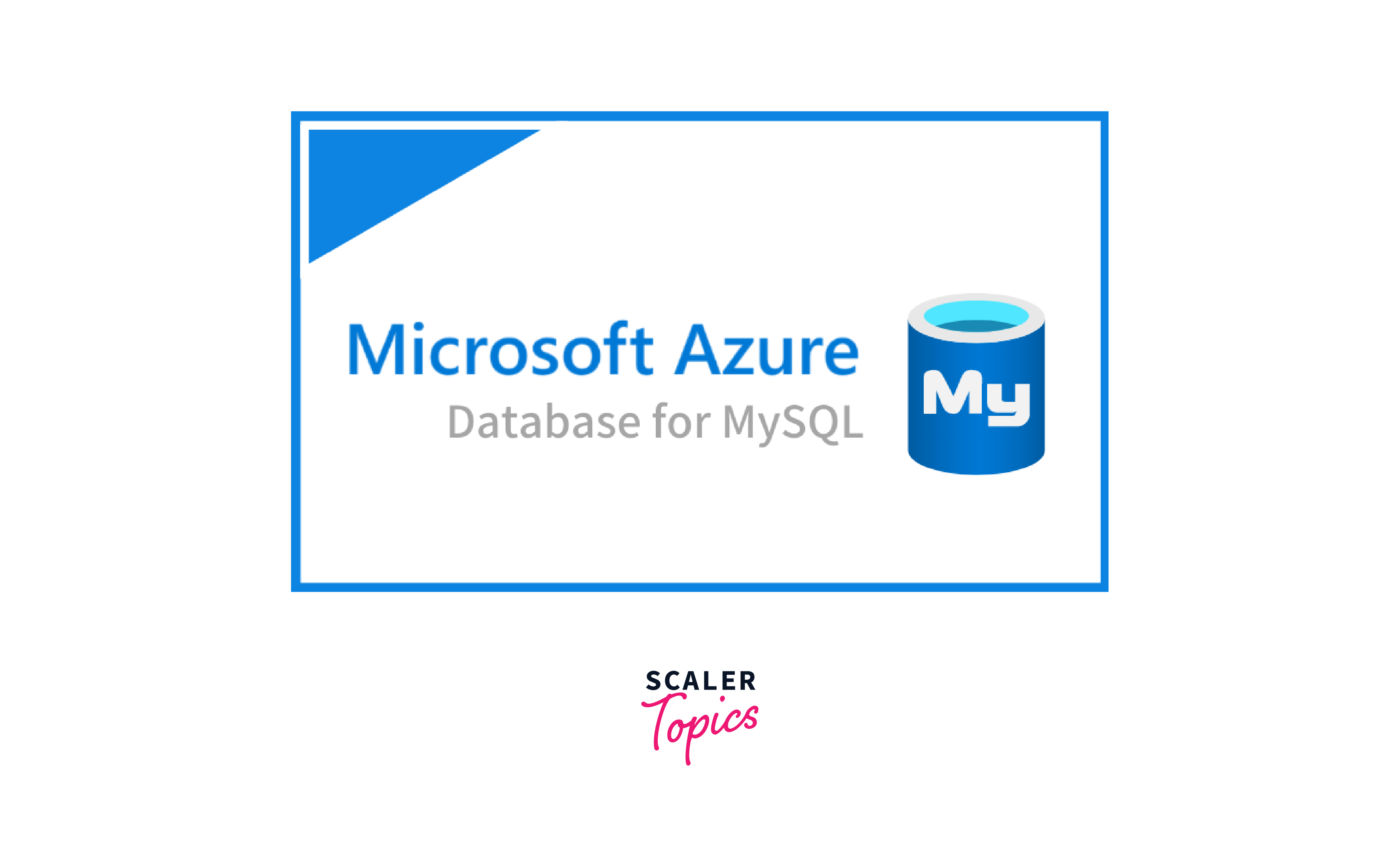
Features:
- Managed Service:
Azure Database for MySQL handles routine database maintenance tasks, such as patching, backups, and updates, allowing you to focus on your applications. - High Availability:
It provides built-in high availability with automatic failover, ensuring that your MySQL databases remain accessible even in the event of hardware failures. - Scalability:
Easily scale your MySQL databases up or down based on your application's needs, ensuring optimal performance and cost efficiency. - Security:
Azure Database for MySQL offers robust security features, including data encryption at rest and in transit, role-based access control, and firewall rules to protect your data. - Performance:
It provides performance-enhancing features like in-memory processing and query optimization to ensure responsive and efficient database operations.
Benefits:
- Cost Efficiency:
Operating on a pay-as-you-go pricing model, it can help reduce costs by automatically optimizing resource usage, including automatic pausing and resuming. - Global Reach:
Azure Database for MySQL allows you to deploy your databases in Azure regions worldwide, improving user experiences and data availability. - Data Protection:
Automatic backups and point-in-time restore options ensure data reliability and protection against data loss. - Compatibility:
It is compatible with MySQL, ensuring seamless migration of existing MySQL-based applications to the cloud. - Compliance:
Azure Database for MySQL complies with various data governance and regulatory standards, making it suitable for organizations with strict compliance requirements.
Azure Database for PostgreSQL
Azure Database for PostgreSQL is a fully managed, cloud-based relational database service offered by Microsoft Azure, specifically designed for PostgreSQL database management. It provides a wide range of features and benefits:

Features:
- Managed Service:
Azure Database for PostgreSQL handles routine database maintenance tasks, such as patching, backups, and updates, freeing you from administrative overhead. - High Availability:
It offers built-in high availability with automatic failover, ensuring uninterrupted access to your PostgreSQL databases even in the event of hardware failures. - Scalability:
Easily scale your PostgreSQL databases up or down to meet the demands of your application, ensuring optimal performance and cost efficiency. - Security:
The service provides robust security features, including data encryption at rest and in transit, role-based access control, and firewall rules to protect your data. - Performance:
Azure Database for PostgreSQL supports various performance-enhancing features like in-memory processing and query optimization to ensure efficient database operations.
Benefits:
- Cost Efficiency:
With a pay-as-you-go pricing model, the service can help reduce costs by automatically optimizing resource usage, including options for automatic pausing and resuming. - Global Reach:
You can deploy your PostgreSQL databases in Azure regions worldwide, improving user experiences and ensuring data availability. - Data Protection:
Automatic backups and point-in-time restore options ensure data reliability and provide protection against data loss. - Compatibility:
Azure Database for PostgreSQL is fully compatible with PostgreSQL, enabling a seamless migration of existing PostgreSQL-based applications to the cloud. - Compliance:
The service complies with various data governance and regulatory standards, making it a suitable choice for organizations with strict compliance requirements.
Azure Cache for Redis
Azure Cache for Redis is a fully managed, highly available, and scalable in-memory data store service provided by Microsoft Azure. It is based on the popular open-source Redis technology and is designed to accelerate the performance of your applications by providing a high-speed caching layer. Key features and benefits include:
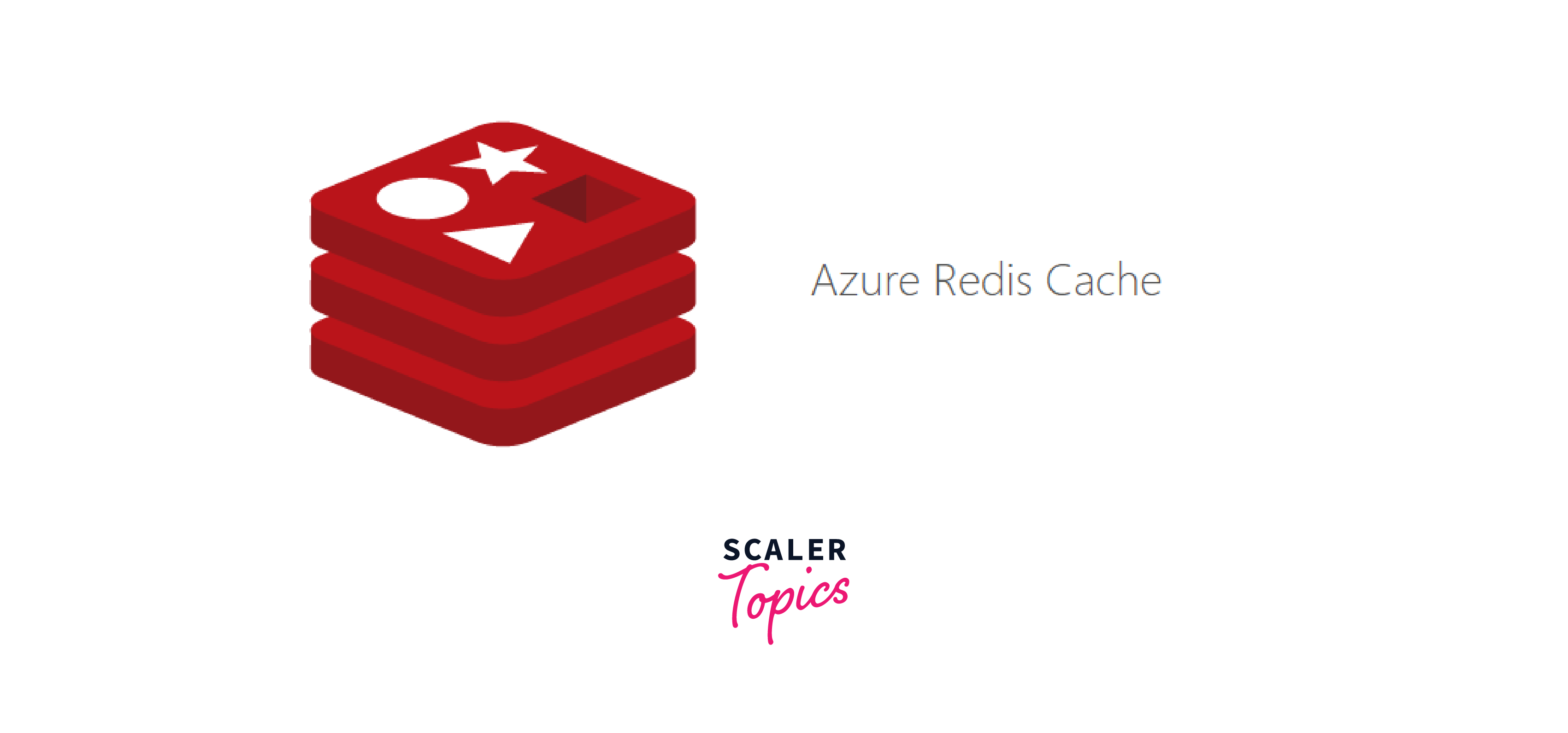
Features:
- In-Memory Data Store:
Azure Cache for Redis stores data in-memory, enabling extremely fast data retrieval and reducing the load on primary data sources. - High Availability:
It offers built-in data replication and failover capabilities to ensure data availability and minimal downtime. - Scalability:
You can easily scale your cache up or out to accommodate changing workloads and data sizes. - Data Types:
Redis supports a variety of data types, making it versatile for different use cases, including caching, real-time analytics, and messaging. - Security:
It provides encryption at rest and in transit, access control, and VNET integration to secure your data.
Benefits:
- Improved Application Performance:
Azure Cache for Redis reduces latency and response times by delivering frequently accessed data quickly, enhancing the user experience. - Cost Savings:
By offloading read-heavy workloads from primary databases, it reduces the load on those resources, optimizing their performance and potentially lowering costs. - Caching Flexibility:
Redis supports advanced caching scenarios, like distributed caching, session state storage, and leaderboard implementation. - Data Reliability:
With data replication and persistence options, your data remains safe, even in the face of failures. - Global Availability:
Azure Cache for Redis is available in Azure regions worldwide, ensuring low latency access and redundancy for users in different geographic locations. - Integration:
It seamlessly integrates with Azure services and offers SDKs for various programming languages.
Azure Database Services for Migration
Azure Database Services for Migration is a set of tools and services offered by Microsoft Azure to simplify the process of migrating on-premises databases or databases hosted in other cloud platforms to Azure. This service is designed to facilitate a smooth and efficient transition, ensuring minimal downtime and data integrity.
- Azure Database Migration Service:
This is a fully managed service designed to help you migrate your on-premises or cloud-based databases to Azure. It supports several source database engines, including SQL Server, MySQL, PostgreSQL, and more, and target services like Azure SQL Database and Azure Cosmos DB. The service simplifies the migration process, automating tasks like schema and data conversion. - Azure Database Migration Tools:
These are a set of tools and utilities provided by Microsoft for specific database migration scenarios. These tools include the SQL Server Data Migration Assistant (DMA), Azure Data Studio, and the Azure Database Migration Service. - Azure Site Recovery:
Although primarily designed for disaster recovery, Azure Site Recovery can also be used for database migration. It provides replication and failover capabilities to Azure for a range of applications, including SQL Server and Oracle databases. - Azure SQL Database:
Microsoft offers managed database services like Azure SQL Database for SQL Server workloads, which eliminate the need for complex migration processes. You can directly create a new database instance in Azure and migrate your data using backup and restore Data Migration Assistant, or other methods. - Third-Party Tools:
Azure supports many third-party migration tools, like those from Oracle or other database vendors, to help move your databases to the Azure cloud.
Conclusion
- Azure Database Service is a suite of managed database solutions on Microsoft's Azure cloud platform, offering scalable, high-performance, and secure data storage and management for various applications.
- Benefits of Azure Database Service include high availability, scalability, security, and managed maintenance. It simplifies database management, ensuring reliable data storage and processing for diverse applications.
- Azure Database Service Architecture comprises databases, servers, networking, replication, and resource groups. It's designed for scalability, high availability, and data resilience, supporting various database engines on Azure.
- Top Azure Database Services include Azure SQL Database, Azure Cosmos DB, Azure Database for MySQL, Azure Database for PostgreSQL, and Azure Table Storage, catering to various data storage and management needs.
- Azure SQL Database is a managed relational database service in Microsoft Azure that offers high availability, scalability, and security for hosting SQL Server-based databases in the cloud.
- Azure Cosmos DB is a globally distributed, multi-model database service by Microsoft Azure. It offers low latency, high availability, and scalability for diverse data types and applications.
- Azure Database for MySQL is a managed MySQL database service in Microsoft Azure, providing high availability and scalability for hosting MySQL-based databases in the cloud.
- Azure Database for PostgreSQL is a managed PostgreSQL database service on Microsoft Azure, offering high availability, scalability, and security for PostgreSQL-based databases in the cloud.
- Azure Cache for Redis is a managed, highly available, and secure in-memory data store service in Microsoft Azure, designed for caching and improving application performance by storing frequently accessed data.
- Azure Database Services for Migration is a set of tools and services in Microsoft Azure that facilitate the smooth migration of on-premises or cloud-based databases to Azure, ensuring minimal downtime and data integrity.
